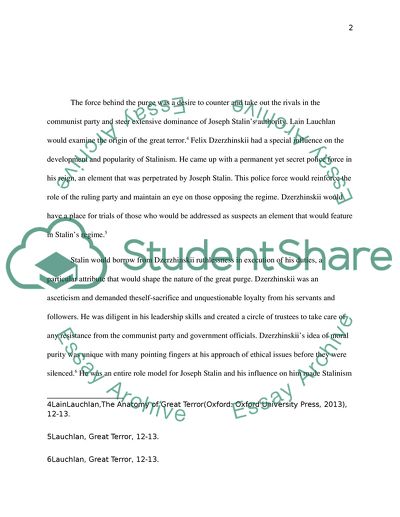Cite this document
(“The Great Purge in the Soviet Union Research Paper”, n.d.)
The Great Purge in the Soviet Union Research Paper. Retrieved from https://studentshare.org/history/1683112-what-does-arthur-koestlers-1940-novel-darkness-at-noon-tell-us-about-the-great-purge-in-the-soviet-union-between-1934-and-1940
The Great Purge in the Soviet Union Research Paper. Retrieved from https://studentshare.org/history/1683112-what-does-arthur-koestlers-1940-novel-darkness-at-noon-tell-us-about-the-great-purge-in-the-soviet-union-between-1934-and-1940
(The Great Purge in the Soviet Union Research Paper)
The Great Purge in the Soviet Union Research Paper. https://studentshare.org/history/1683112-what-does-arthur-koestlers-1940-novel-darkness-at-noon-tell-us-about-the-great-purge-in-the-soviet-union-between-1934-and-1940.
The Great Purge in the Soviet Union Research Paper. https://studentshare.org/history/1683112-what-does-arthur-koestlers-1940-novel-darkness-at-noon-tell-us-about-the-great-purge-in-the-soviet-union-between-1934-and-1940.
“The Great Purge in the Soviet Union Research Paper”, n.d. https://studentshare.org/history/1683112-what-does-arthur-koestlers-1940-novel-darkness-at-noon-tell-us-about-the-great-purge-in-the-soviet-union-between-1934-and-1940.


